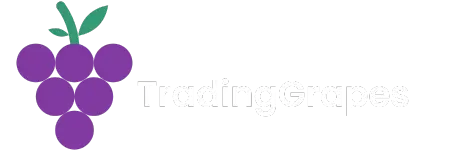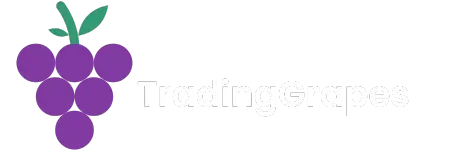Ever had someone say, “I can really smell the stone fruit,” and all you can smell is… wine? You’re not alone. Learning to identify aromas and flavours in wine isn’t about having a magic nose—it’s about building sensory memory.
With a little practice (and a lot of sipping), anyone can train their nose and palate to taste like a pro. Here’s how.
Start with the WSET Level 3 wine lexicon
The WSET Level 3 wine lexicon is like a tasting cheat sheet. It breaks aromas and flavours down into clear categories—red fruit, citrus, spice, oak—so you can start putting names to what you’re sensing.
Instead of vaguely thinking “this smells fruity,” you’ll start identifying specifics like raspberry, blackcurrant or dried fig.
Use a scent kit to sharpen your senses
If you want to accelerate your palate training, get your nose on a scent kit. Something like the Aromaster 88 Aroma Wine Kit includes 88 of the most common aromas found in wine—vanilla, leather, violet, green pepper, mushroom, and more.
Practise blind, test yourself, and train your brain to associate smells with names. The more often you revisit them, the stronger your sensory recall becomes.
Know your layers: primary, secondary, tertiary
Most wines express three layers of aroma and flavour. Understanding what you’re smelling—and why—helps you decode what’s in your glass.
-
Primary aromas = grape + environment (terroir)
Think: citrus, stone fruit, herbs, floral notes
-
Secondary aromas = winemaking decisions
Think: vanilla from oak, butter from malolactic fermentation, toast from lees ageing
-
Tertiary aromas = age
Think: dried fruit, tobacco, leather, mushroom, nutty notes
Knowing which layer you’re picking up can tell you whether a wine is complex, oaked, aged—or all of the above.
The real secret? Taste more wine
It sounds obvious, but there’s no substitute for exposure. Smell and taste wines side by side. Compare different grape varieties. Taste the same wine over a few days. Try the same varietal from different regions.
And take notes—not for perfection, but for progress.
Final pour
Training your palate isn’t about being fancy—it’s about enjoying wine on a deeper level. So get curious, keep tasting, and build your flavour memory. Like a muscle, the more you use it, the stronger it gets.










